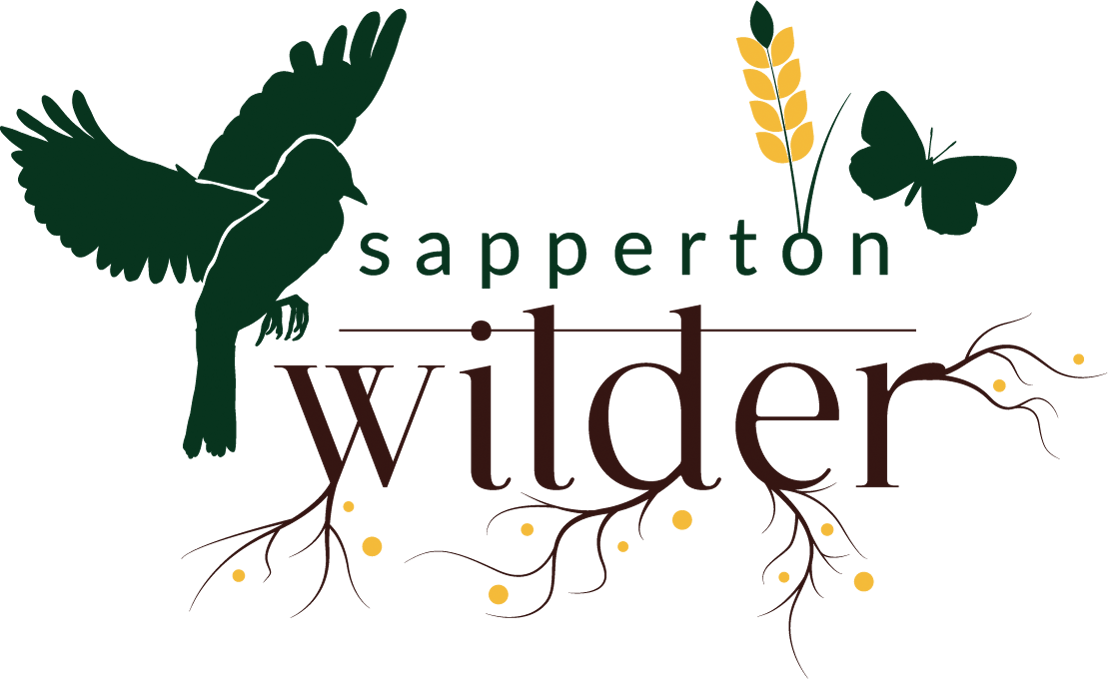“Gloucestershire Wildlife Trust are really pleased to be working with Sapperton Wilder on their innovative approach to land management and wildlife restoration. The scope within the project, to undertake large scale changes and measure their impacts, is hugely important as we work together to establish how best to achieve thriving nature whilst also producing food. In particular, the opportunities to restore priority calcareous grassland habitats within one of the Wildlife Trust’s Nature Recovery Zones and the increased connectivity for wildlife this provides is an important contribution to natures recovery within the county.
Calcareous grasslands are a priority habitat in the UK, they have reduced significantly in Gloucestershire from 40% in the 1930’s to just 1.5% now. The thin soils on the grassland restoration area means that arable farming requires significant inputs but conversely it is these poor soils that provide a helpful base from which to start the habitat restoration processes required to recover nature.
But to recover nature we also need to show how this can work alongside agriculture and food production, whether this is extensively grazed cattle on the grassland or regenerative agricultural practices elsewhere ensuring land is permeable to wildlife and can also support nature is key to all our futures and Sapperton Wilder are a great way to show these processes in action.”
- Emma Hutchins, Director for Nature’s Recovery, Gloucestershire Wildlife Trust

